This Hollywood Latina trailblazer is the subject of Lyndhurst author's latest book
- Oops!Something went wrong.Please try again later.
- Oops!Something went wrong.Please try again later.
Lupe Vélez? Anybody?
If you know the name at all — and even some movie buffs don't — it's probably for all the wrong reasons. But without the trail she blazed, there might be no Rita Moreno, Salma Hayek, Jennifer Lopez or Penélope Cruz.
"I was annoyed that her story had never been told as an actress," said Lyndhurst author Eve Golden, whose book about Hollywood's pioneering Latina star, "Strictly Dynamite: The Sensational Life of Lupe Vélez," drops on Tuesday, Sept. 19, from University Press of Kentucky.
"The Mexican Spitfire" she was called in the 1930s and '40s. It was her brand. It was also the name of a RKO comedy series starring Vélez: "Mexican Spitfire Out West," "The Mexican Spitfire's Baby," "Mexican Spitfire Sees a Ghost."
She was everything American moviegoers expected a Mexican spitfire to be: sexy, hot-blooded, tempestuous, and with an accent as thick as chili con carne: "Hu know what I tink of hu?"
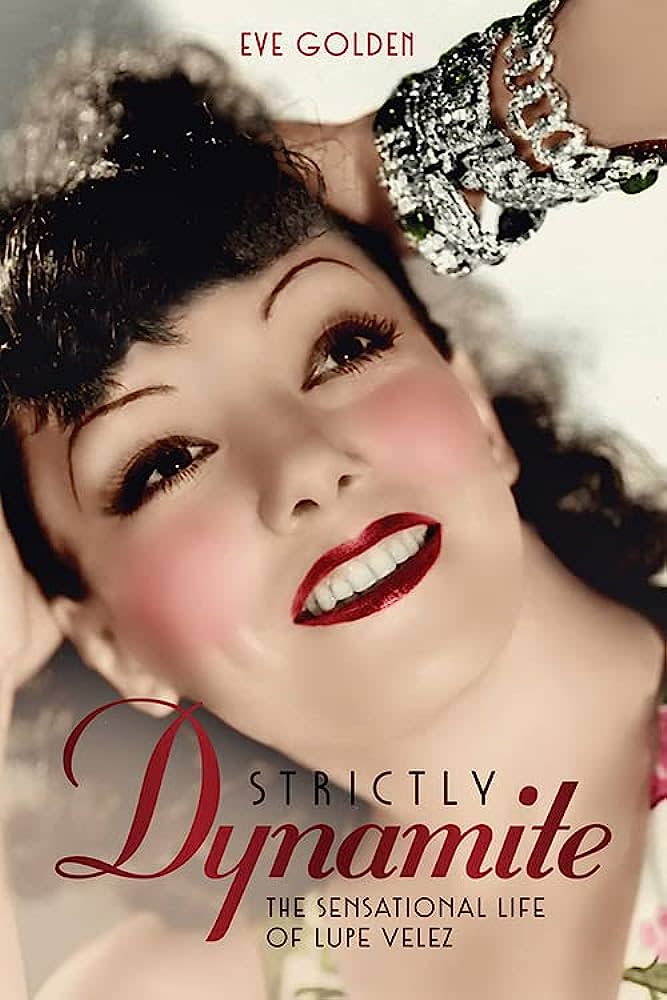
That stereotype did not necessarily endear her to moviegoers south of the border. But there was a lot more to her, as a person and a performer, than the cliché hot tamale she was forced to play. And her rough journey helped smooth the way for other Latin stars that followed.
"Nobody seemed to realize how brilliant and versatile an actress she was," Golden said. "There had been several books about her in English and Spanish, but they were all about her sex life and death."
The big lie
Her death is what most people remember. Wrongly.
"As a matter of fact, I was thinking of calling my book, 'Lupe Vélez : She didn't Drown in the Toilet,' " Golden said.
That was — and still is — the rumor. Known by a lot of people who never saw a Lupe Vélez movie, who haven't heard the name in any other context. It was rehashed in the very first episode of "Frasier."
Also in "The Simpsons": While touring Springfield's shopping district, Bart and Lisa are shown the store where Vélez bought her famous commode.

Enough, Golden said.
"The whole drowning in the toilet thing is impossible," she said. "Unless your maid is holding you by the ankles and dunking you. It is physically impossible to drown in the toilet."
The rumor started with Kenneth Anger's scurrilous 1959 book "Hollywood Babylon," full of widely debunked tall tales of movieland decadence (Vélez, played by Maria Conchita Alonso, was one of the characters in a 2013 film, "Return to Babylon").
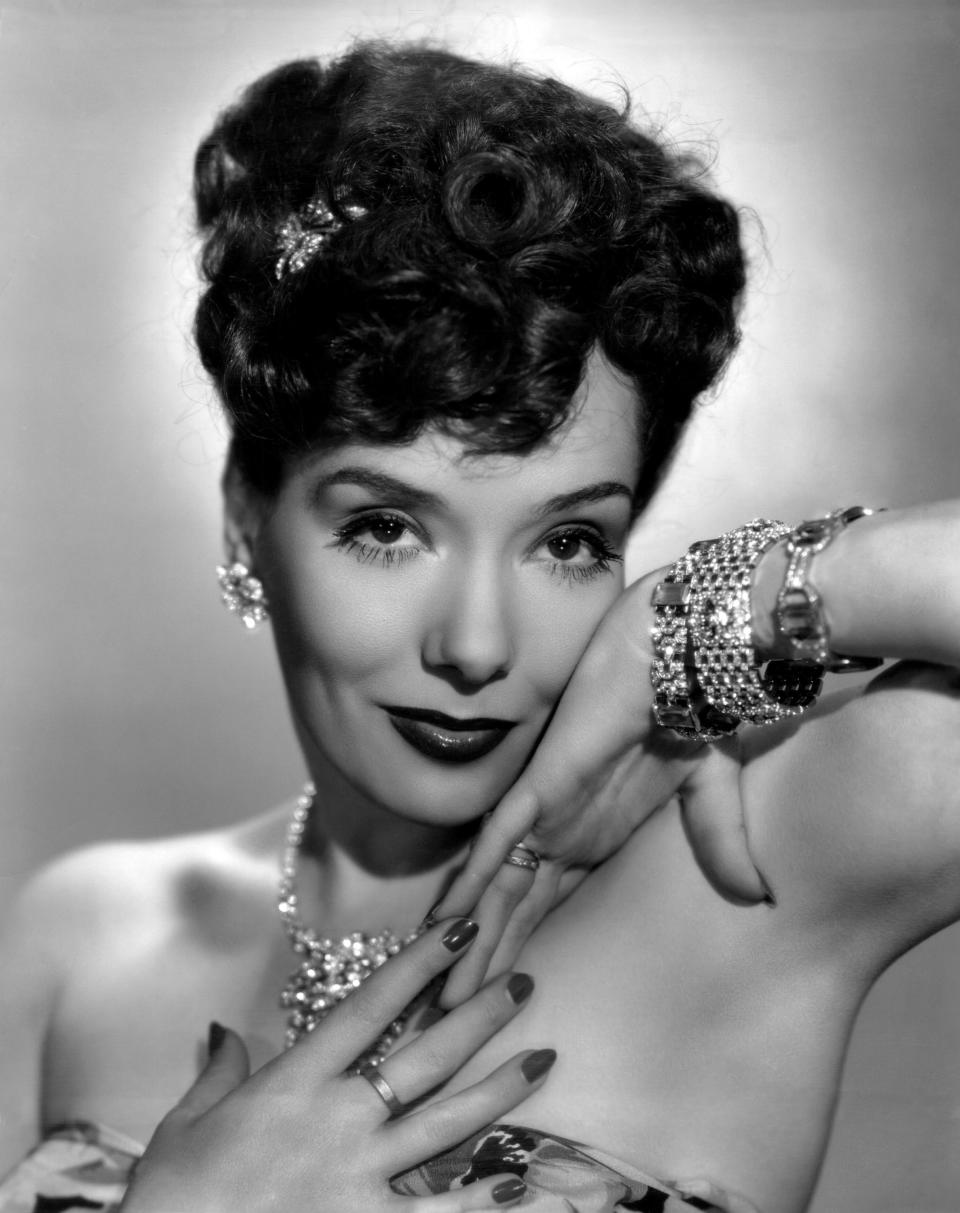
Vélez, Anger wrote leeringly, had eaten a "Mexi-spice" last supper, followed by 75 seconal, become violently ill, and drowned herself retching. Disproved, and easily disprovable — but who doesn't love a good bad story?
There are no tall tales in Golden's book. But Vélez's tragic 1944 suicide does remain, to some extent, mysterious.
"There were so many reasons for her suicide," Golden said. "Everyone thinks it was because she was unmarried and pregnant, but there was so much else going on."
Love affairs with Hollywood legends
Born María Guadalupe Villalobos Vélez in Mexico and educated for a time in Texas, Vélez cut her teeth in vaudeville, was "discovered" by comedian Fanny Brice, and made a splash in Hollywood in 1927, first in a Laurel & Hardy short "Sailors, Beware!" and then in a Douglas Fairbanks film, "The Gaucho."
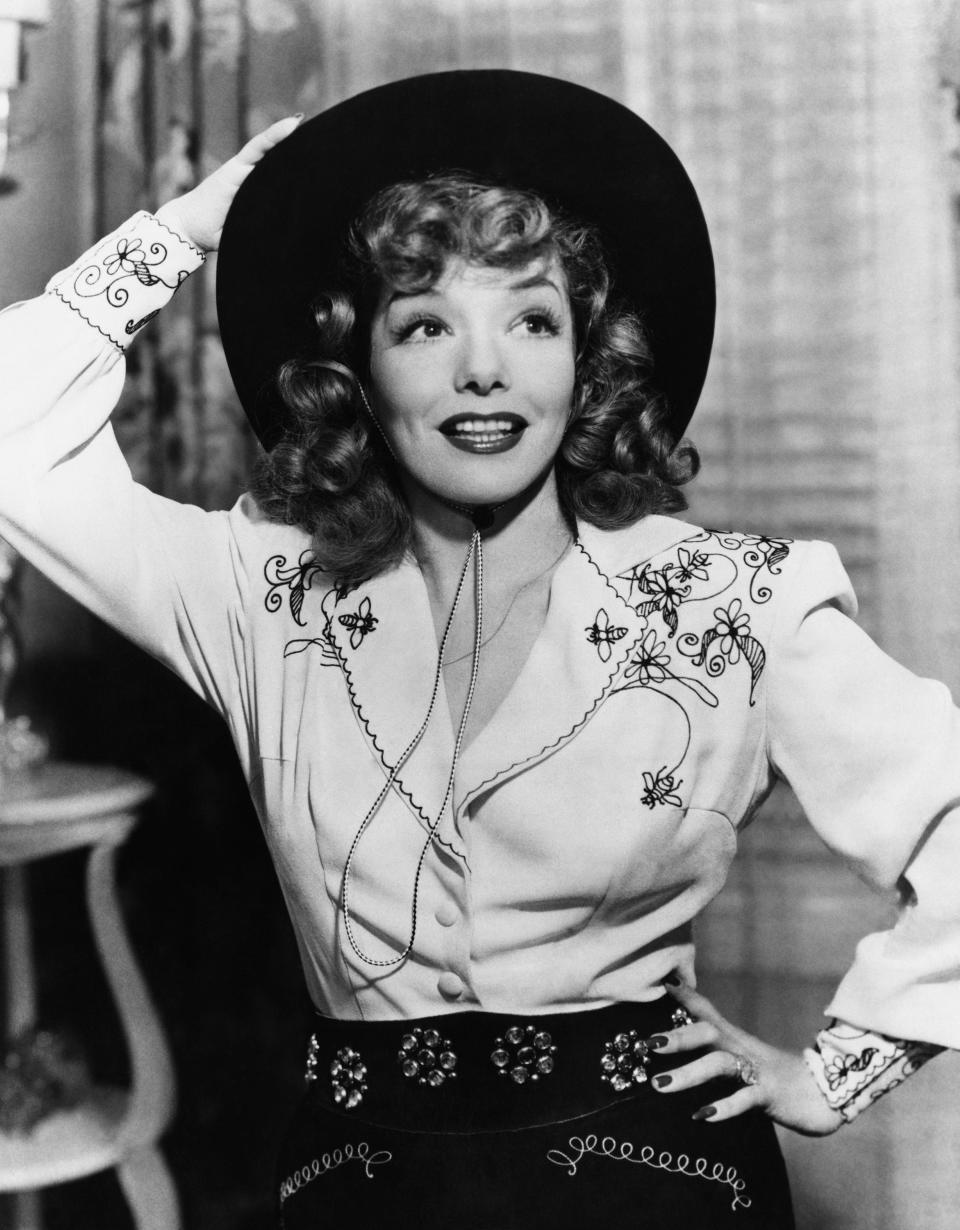
Talkies — despite her accent — didn't faze her. Nor did they limit her, at first, to stereotyped roles. She played a Chinese émigré in "East is West" (1930), and Katyusha Maslova in a 1931 version of Tolstoy's "Resurrection."
Offscreen, though, she did play the spitfire.
She was known for her temper, her feuds with rival actresses, and her string of love affairs with just about every man in Hollywood worth bedding, including Charlie Chaplin, Gary Cooper and Tom Mix. She married and divorced "Tarzan" star Johnny Weissmuller, leaving his perfect torso full of scratches and hickeys.
Novelist Erich Maria Remarque ("All Quiet on the Western Front") was one of her other reported flings.
"There are actual Mexican spitfires, and Lupe was one of them," Golden said. "There are some people who are actual stereotypes. There are wildly effeminate gay men, and that's fine. Good for them. It may be embarrassing to some members of those groups, but there's nothing wrong with it. Lupe didn't drink heavily, she didn't take drugs, but she was naturally like that — always dialed up to 11."
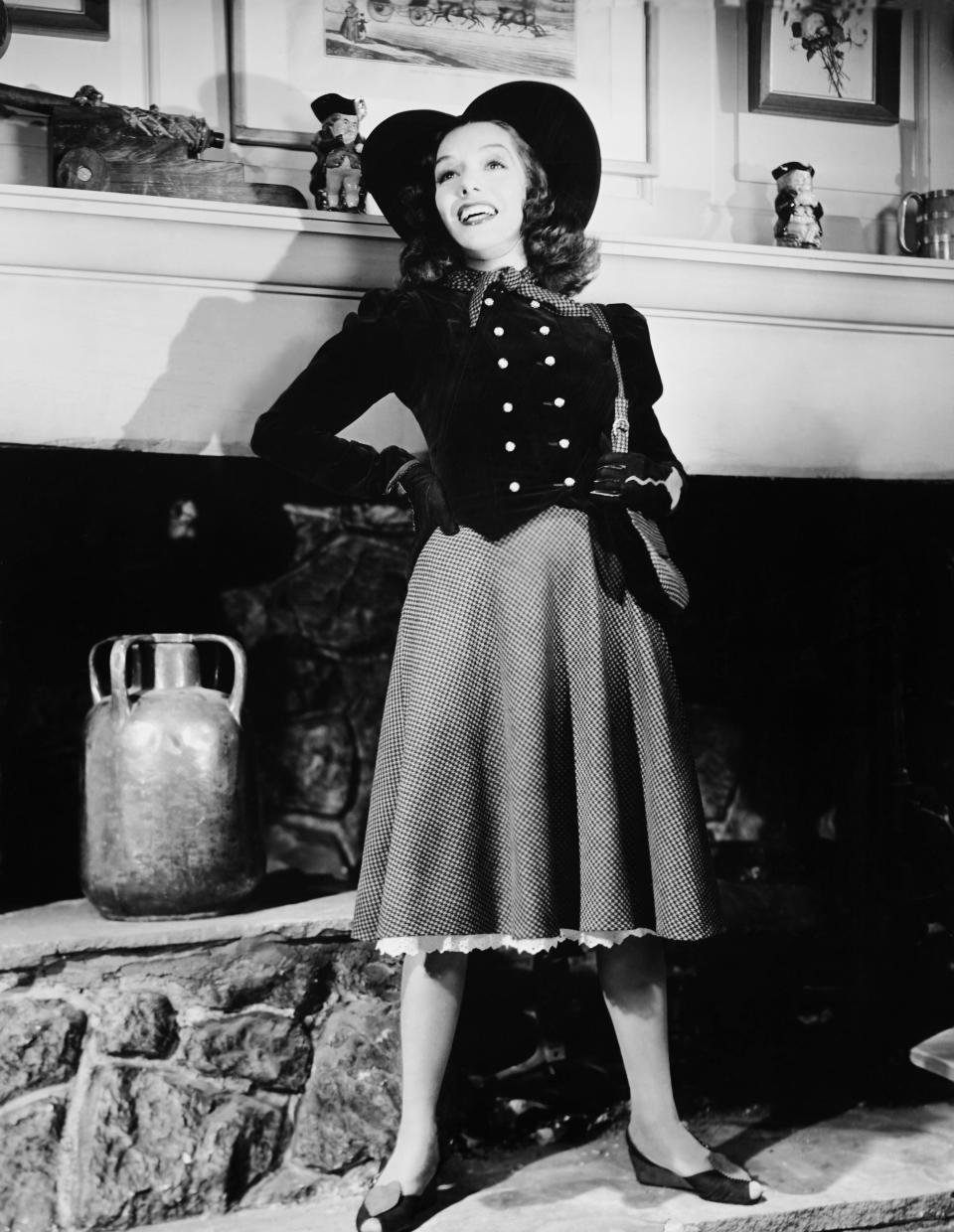
Offscreen, she didn't talk like her stereotyped Carmelita Fuentes character in the "Spitfire" films. And volatile as she was, she was other things, too: smart, loyal to her friends, and wickedly funny.
Lupe vs. the 'boy genius'
"She hated pomposity, and loved poking a bear with a stick," Golden said.
Greta Garbo, Charles "Buddy" Rogers and Dolores del Río, Hollywood's rival Mexican beauty — and as solemn and aristocratic as Vélez was kooky — were among her favorite targets.
"She and Lupe didn't like each other," Golden said. "Dolores came from a wealthy family, wealthy husband, whereas Lupe was looked down as street trash. She came from a middle class family who lost their money in one of the many revolutions."
Then there was Orson Welles. The "boy genius" had been hired by RKO in 1939 at age 24 to direct "Citizen Kane." Not only was he puffed up and self-important, but — even worse — he was dating del Rio.
"He was the biggest blowhard on the RKO lot," Golden said. And there he was, filming "Citizen Kane" at Lupe's studio.
"She had a tricycle with a little basket on the back where she carried her chihuahuas," Golden said. "She would ride though his set while he was filming, and yell 'beep beep' just to annoy him. I wish there were outtakes of that."
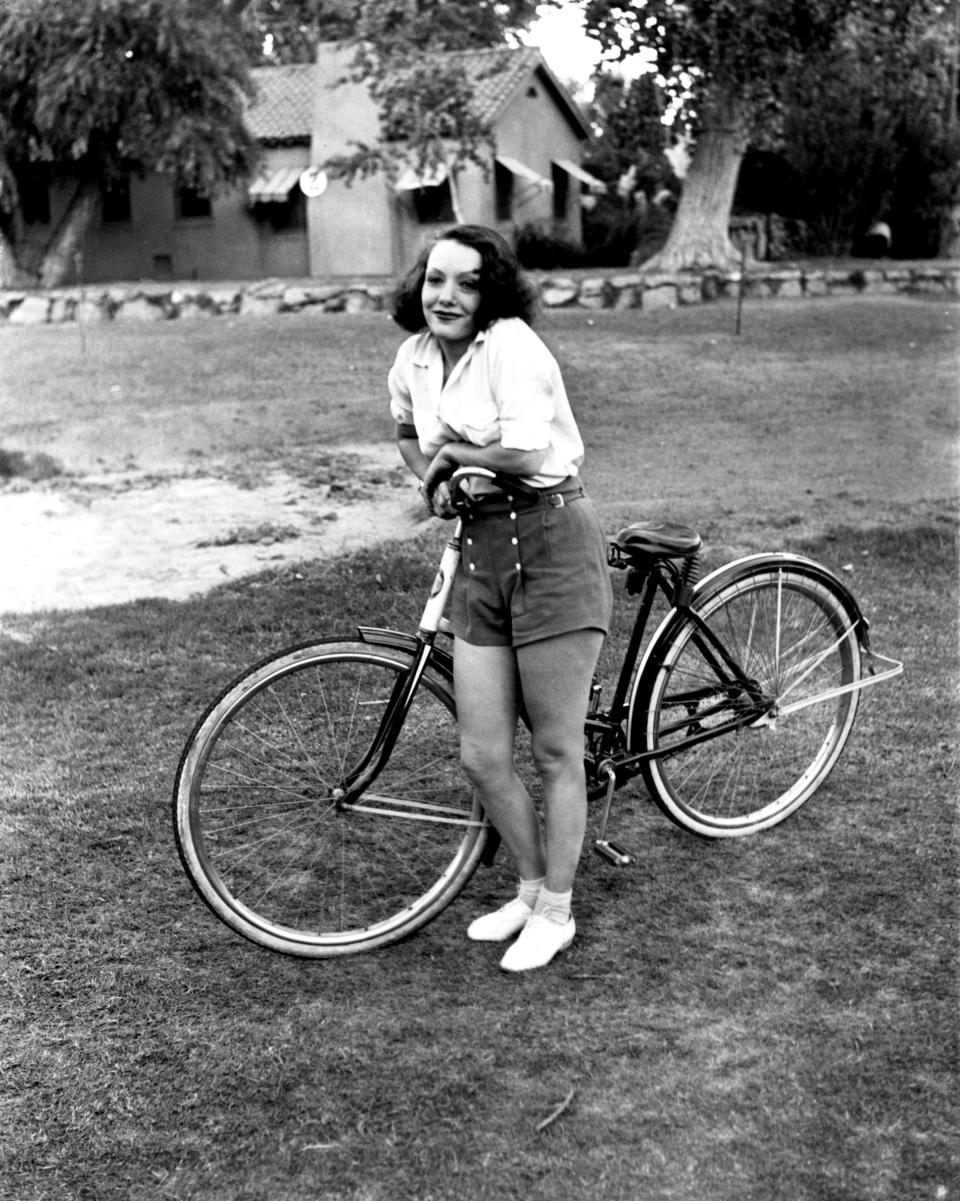
But Lupe was also capable of giving a performance — when the studios gave her anything worth performing, said Golden, a Philadelphia native who moved to Lyndhurst in 1993.
Lupe is the kind of eccentric character she loves to write about.
"She was a brilliant actress, and a delightful person," said Golden, the author of seven other biographies of entertainment figures, including "Jayne Mansfield: The Girl Couldn't Help It" and "Platinum Girl: The Life and Legends of Jean Harlow."
But Lupe's life was also poignant. Not just because of the sad death, but because of the unfulfilled potential.
"She was better than Garbo," Golden said. " 'Resurrection' was a very dramatic performance. Her last film, 'Nana,' may not be her best film, but she's brilliant in it. It's a very dramatic role — especially because she was speaking in her native language."
"Nana" (1944), a Spanish-language adaptation of the Émile Zola book, is indicative of the different way Mexican and U.S. audiences viewed her. Here, she was a novelty. There, she was a Serious Actress. There had been plans to star her in Mexican versions of "Anna Karenina" and "Camille," which had been prime vehicles for Garbo in the U.S.
"When I was able to see all her films, I was really stunned at how talented and versatile an actress she was," Golden said.
Suicide note
Rumors swirl around her suicide. Not just about how, but why.
The generally accepted version is that Vélez was pregnant with the child of Harald Ramond, her ex. He had agreed to marry her — but only, he had supposedly told her, "to give the baby a name."
On the suicide note, Lupe wrote: "How could you, Harald, fake such a great love for me and our baby when all the time, you didn't want us? I see no other way out for me, so goodbye, and good luck to you, Love Lupe."
But others have said the child was actually Gary Cooper's. And there could have been many other things that prompted her to take her own life. Not least, being an aging sex queen in an industry that has little use for older women, much less for women — however talented, versatile or audience-pleasing — who have a Spanish surname.
"There were no offers for her," Golden said. "She was pushing 40, maybe they thought she was too old. The 'Mexican Spitfire' series had ended, Broadway and vaudeville had failed, TV was not on the horizon. It could have been a lot of things."
This article originally appeared on NorthJersey.com: Hollywood Mexican star Lupe Vélez was ahead of her time

